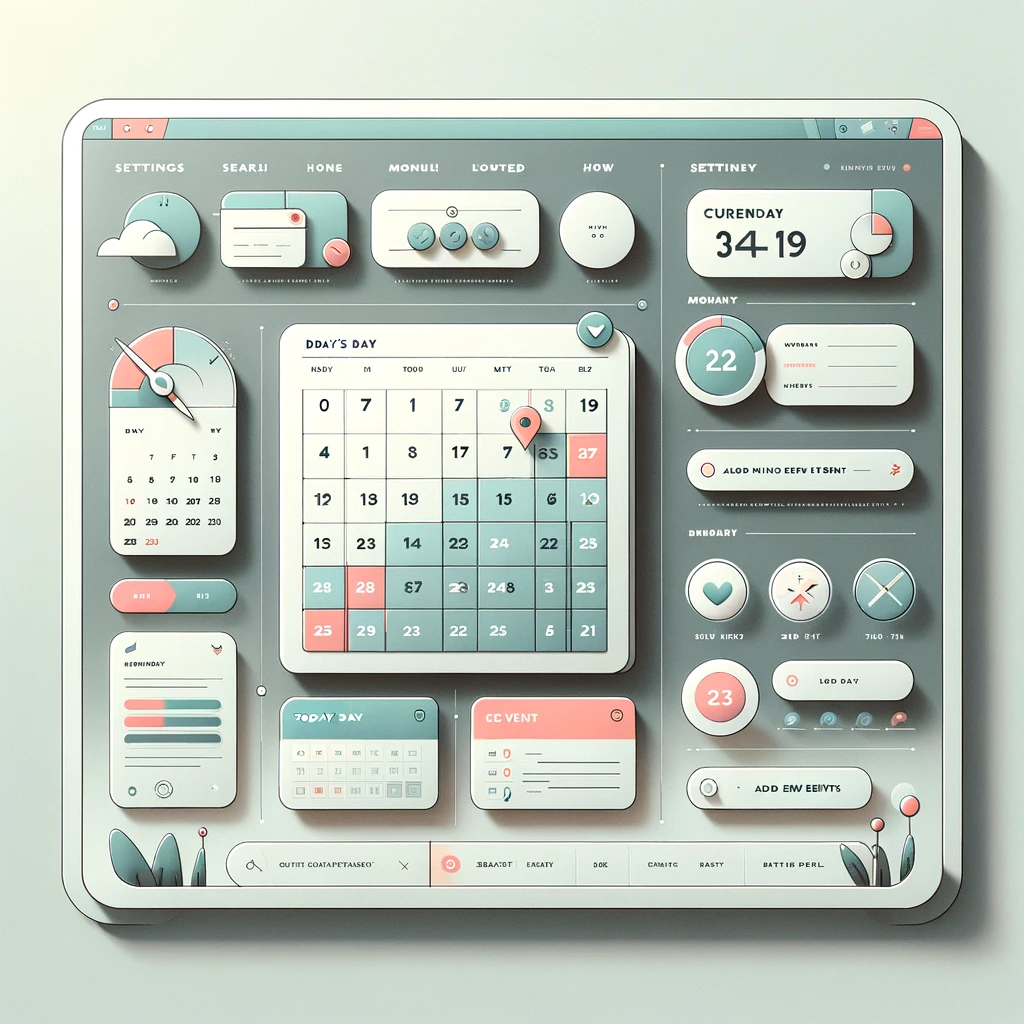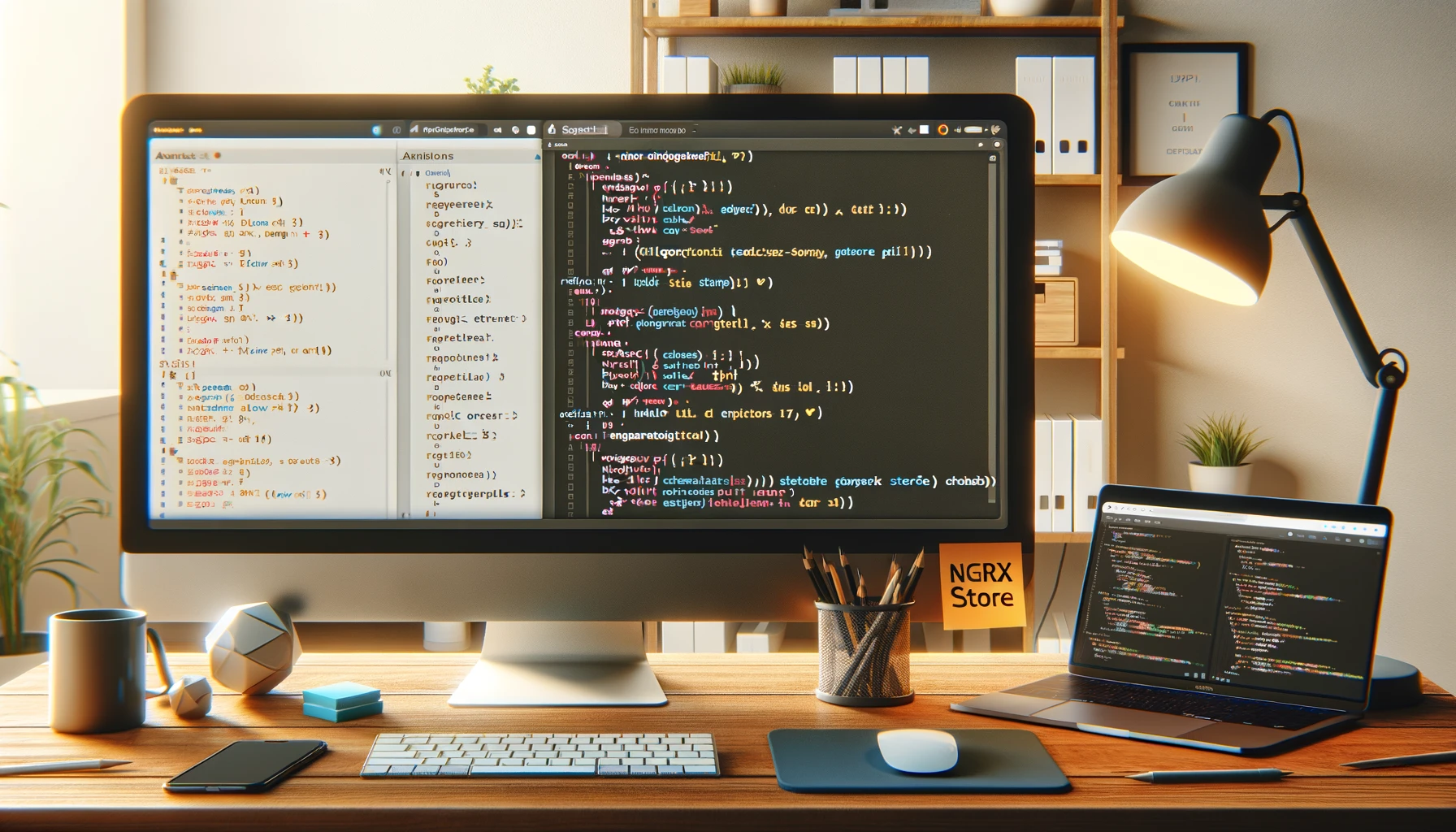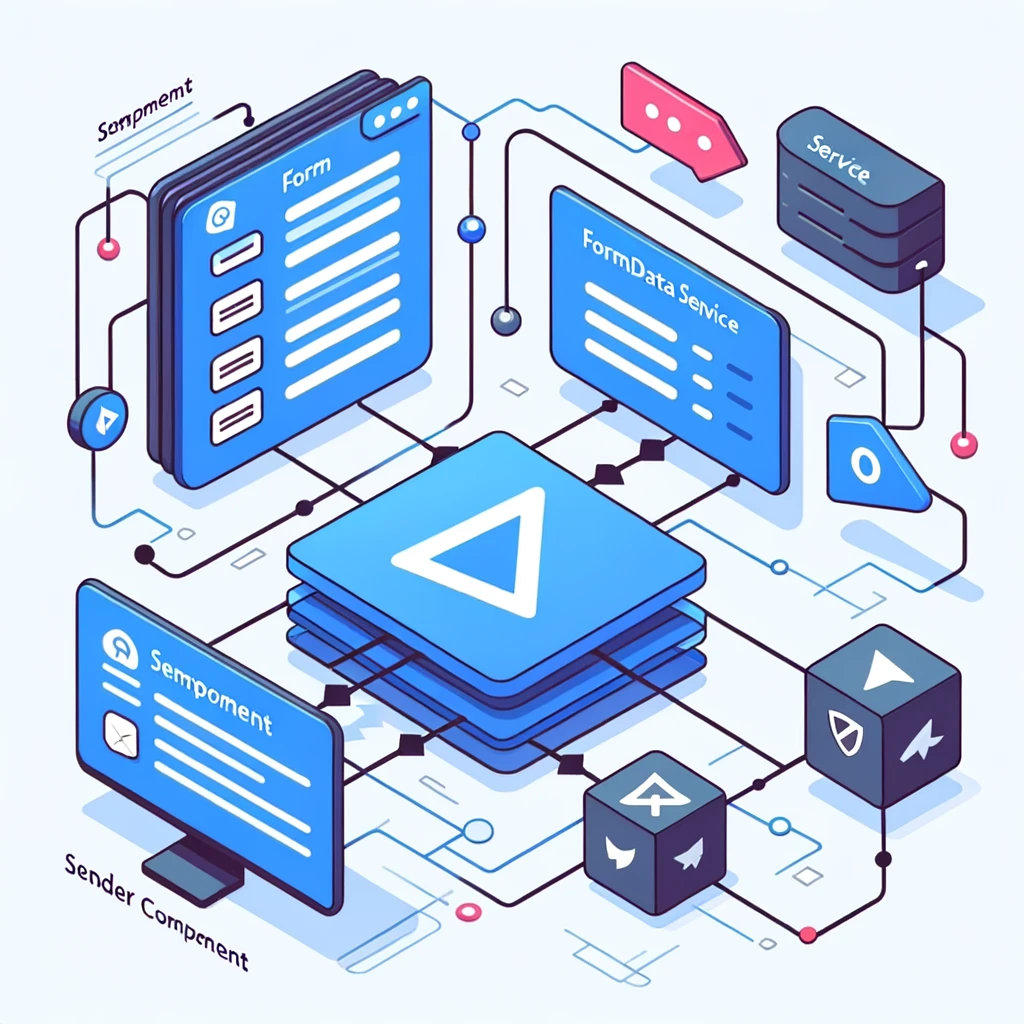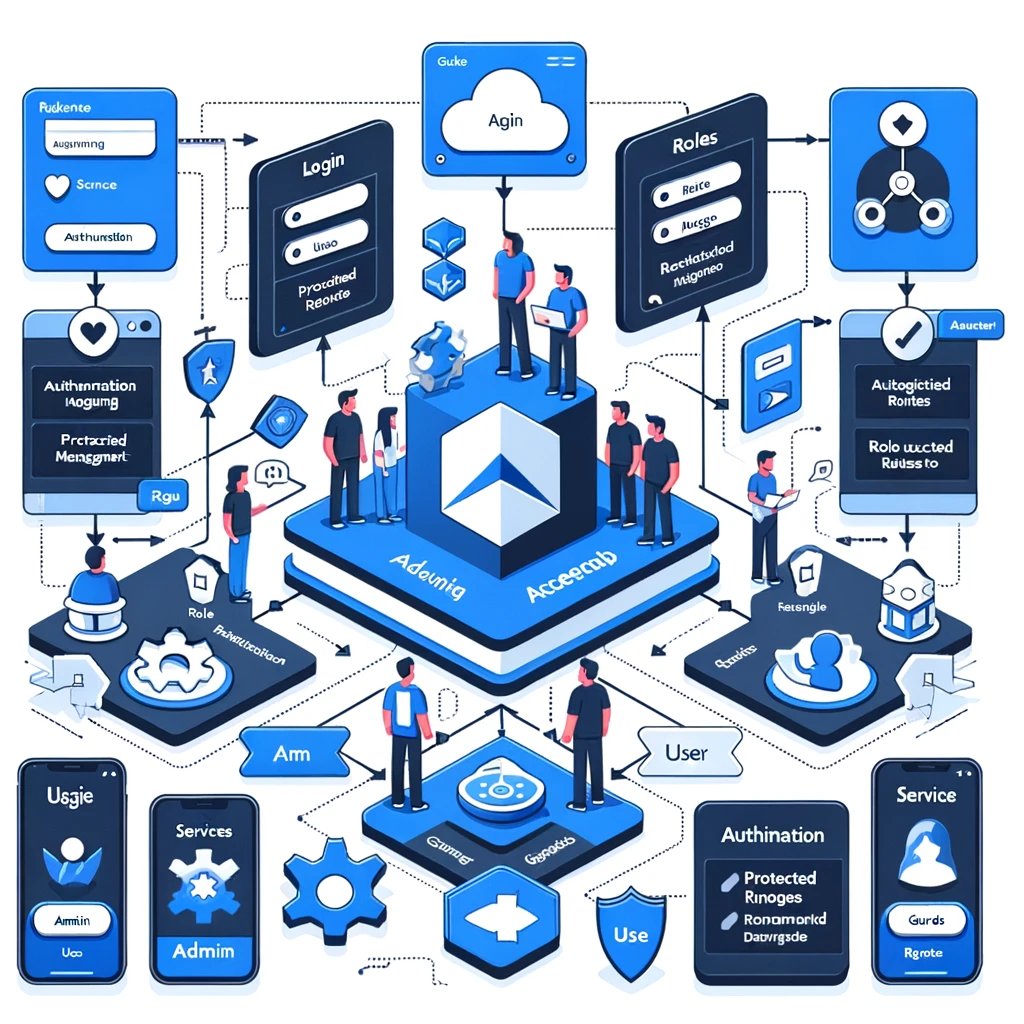Category: Angular
-
Backend programming languages most requested by Angular Developers
Angular developers often seek backend programming languages that integrate well with Angular, ensuring smooth data exchange and efficient development of full-stack applications. The choice of backend language can depend on various factors, including project requirements, performance needs, scalability, and developer preference. Here are some of the most requested backend programming languages by Angular developers: The…
Written by

-
Angular 17 Best Practices
Angular 17, like its predecessors, encourages adopting best practices to ensure that applications are efficient, maintainable, and scalable. Here are some of the best practices recommended for working with Angular 17: By adhering to these best practices, developers can create Angular applications that are not only performant but also easy to maintain and scale. Always…
Written by

-
Create Calendar Component for Angular 17
Creating a calendar component in Angular 17 involves several steps, including setting up the Angular environment (assuming you’ve already done that), creating the calendar component, implementing the logic to display days, and handling user interactions. Below is a simplified example of how to create a basic calendar component. This guide assumes you have Angular CLI…
Written by

-
NGRX Store Angular Tutorial
NgRx Store is a state management solution designed for Angular applications, following the Redux pattern. It helps in managing the state of the app in a single, immutable data structure that acts as a single source of truth. With the continuous evolution of Angular, including its latest versions such as Angular 17, NgRx Store has…
Written by

-
How to globally import some module in Angular with standalone components?
To globally import a module in an Angular application that uses standalone components, you would typically do this by importing the module in your main application module or in a shared module that is imported by the other modules in your application. However, with the introduction of standalone components in Angular, the approach to sharing…
Written by

-
Creating a Progressive Web Application (PWA) with Angular 17
Creating a Progressive Web Application (PWA) with Angular 17 that provides a user experience similar to that of an Electron app involves leveraging the capabilities of PWAs to work offline, send push notifications, and access device hardware, much like a desktop application created with Electron. Here’s a step-by-step guide on how you can achieve this:…
Written by

-
Angular 17 Ckeditor5 Implementation
Implementing CKEditor 5 with Angular 17 requires you to integrate the CKEditor 5 library within your Angular application. CKEditor 5 is a powerful WYSIWYG editor, customizable and with a rich API. Here’s a step-by-step guide to help you set up CKEditor 5 in an Angular 17 project: 1. Create a New Angular Project If you…
Written by

-
Angular 17 share data from one component to other component
Sharing data between components in Angular, particularly form data, is a common requirement for many applications. There are various methods to achieve this in Angular, with the choice depending on the relationship between the components (parent-child, unrelated, etc.). As of Angular 17, these methods remain consistent with past versions, focusing on service-based communication, input and…
Written by

-
TinyMCE with Angular 17
Integrating TinyMCE, a popular web-based JavaScript WYSIWYG (What You See Is What You Get) editor, with Angular 17, can enhance your application by providing a rich text editing experience. Here’s a step-by-step guide to integrating TinyMCE into your Angular 17 project: Step 1: Create Your Angular Project If you haven’t already, start by creating a…
Written by

-
Angular Role Base Application Demo
Creating a role-based application in Angular involves several key steps, including setting up Angular routes, services for managing roles and authentication, and guards to protect routes based on user roles. While I can’t provide a complete demo application within this format, I can guide you through the process of creating a simple role-based application in…
Written by
